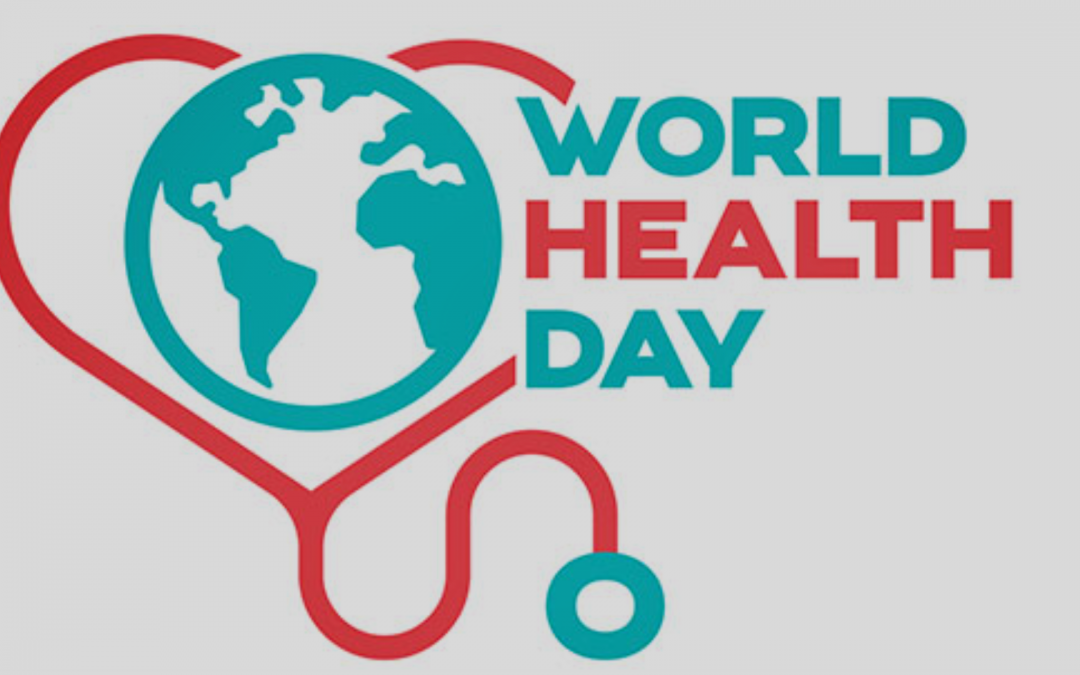
World Health News and Outlook Today
World Health News Today
You can get the latest news about global health by reading the latest World Health News Today articles. This digest of news stories is a valuable resource from the Center for Health Communication at Harvard School of Public Health. It features original reporting and news stories from around the world. It includes special features prepared by Harvard School of Public Health and access to radio and television coverage of breaking public health news. It’s also available for free. World Health News Today is free, and you can read the latest news in the comfort of your own home.
Moovit is a public transport service for World Health News Today
Moovit is a public transport service that is a world health news favorite. Moovit provides real-time transportation data from public transit services in cities around the world. Using this data, the service can help people reach hospitals and other medical facilities. In addition, it helps people get to and from work, school, and other destinations. With its growing user base and ability to provide customized routes, Moovit is a valuable resource for travelers and the community.
The service is free for all users and is available for more than eight hundred million users. It is adding 1.1 million new users every day, and its size has doubled in the last two years. It covers more than three hundred and twenty-five cities in 103 countries, and Moovit captures six billion anonymous data points every day. Moovit offers a wide range of public transportation options, including Uber, Lyft, carpooling, and more.
Moovit has been one of the fastest growing public transportation apps in the world. The company recently reached more than 10 million users and plans to expand into other major markets. Moovit has been available in over 40 countries in North and South America, Europe, and Asia. As of today, the app covers over four hundred cities and will continue to grow. It has also expanded into South Korea and Thailand.
Moovit offers real-time updates about bus arrivals. The service also provides live reports from the user community to provide riders with the most accurate and up-to-date information. In addition to its public transport service, Moovit also incorporates accessibility features into its service. It offers screen-reading capabilities for low-vision users, as well as wheelchair accessible routes and step-free routes. Moovit also has a customized interface for users with hand-motor disabilities.
COVID-19 pandemic is changing but it is not over
According to the World Health Organization, the COVID-19 pandemic is not over, and the number of cases is likely to increase in the next few months. As the global outbreak continues to spread, the disease’s evolution may be slow, but there are several factors that will determine the pandemic’s trajectory. The first factor is the amount of reporting from affected countries. The second factor is the distribution of vaccines.
“The pandemic is evolving, but it is not over,” says Dean Michelle Williams, professor of public health at Harvard Medical School. “We have to be prepared to respond quickly, because this pandemic is not over.” In fact, she says, the world health system has failed to properly manage the virus. This has led to the reduction of cancer and TB screenings, and disruptions in maternal health services and vaccinations.
According to Professor William Hanage, an epidemiology professor at the University of Massachusetts, wearing a mask can protect you even if the rest of the population is not. “If you do get a cold, you can protect yourself by wearing a mask,” said Professor Hanage, a leading expert on the COVID-19 pandemic. Another expert in the field of health policy and conflict resolution, Leonard Marcus, spoke on radio Boston. He says he is interviewing communities in Massachusetts to see if they are considering mandating masks.
Experts don’t have a clear prediction on when the outbreak will start affecting the United States. However, the current cases of COVID-19 in Europe may be a preview of what is to come in the U.S. In the meantime, the virus’s impact may depend on factors such as vaccination rates, weather and prior infections. This disease is unpredictable and could come in waves, with or without warning.
Monkeypox is a global public health emergency
The disease is primarily a problem in Africa, where it has a long history. It can spread from one person to another and can even establish a permanent presence. The disease is a public health emergency and requires coordinated international response. Experts estimate that it could take a year or more to contain the outbreak and infect hundreds of thousands of people. There are currently no known cures for the disease, but prevention efforts can help.
The latest outbreak has been marked by several differences from previous outbreaks. It has been characterized by an atypical rash, with many patients developing a rash without experiencing flu-like symptoms. In some cases, the rash is localized to the anus or genital area. Scientists are trying to determine how the virus spreads. They also are trying to determine whether the disease is spread through skin-to-skin contact or by respiratory transmission.
Currently, monkeypox has been a threat in many parts of the world for decades. It affects mostly men, who have sex with other men or have multiple partners. In the United States, there have been a reported 2,891 cases, though no deaths have been confirmed yet. Despite these dire conditions, wealthy nations have long had vaccines and are now using them to treat their monkeypox epidemic.
The WHO has declared a monkeypox outbreak a global public health emergency. This declaration serves as an international call for action. It does not impose any specific requirements on national governments, but it does serve as a timely reminder to countries to act to address the disease. The WHO can only issue guidance and information to its member countries. However, member countries must report any public health emergency.
Ebola outbreaks in the Democratic Republic of Congo
The first reported case of Ebola in the Democratic Republic of Congo was confirmed this week in Goma, a metropolis of almost two million people. This outbreak is the 14th in the country since 1976. Health officials have been working to control the outbreak by implementing a number of measures. Among them is ensuring that the body of the affected patient is properly buried. This reduces the risk of contagious fluids infecting others. Additionally, the health facility where the patient died has been thoroughly decontaminated, which means that the current outbreak is largely contained.
The disease has claimed the lives of at least two hundred and fifty people, and it is now the second largest Ebola outbreak in history. The outbreak has been a source of concern for the entire world, and more resources are needed to fight it. In July, the World Health Organization declared the outbreak a public health emergency of international concern. The outbreak is a health risk to the world, and the country must take action quickly to eliminate the disease.
On 23 April, the Ministry of Health of the Democratic Republic of Congo (DRC) declared an EVD outbreak. Two additional cases have been confirmed since the burial of the first case. There are 267 contacts linked to the outbreak, and the WHO is working to contain the disease. The DRC has experienced at least 13 Ebola outbreaks over the last four years, and this latest resurgence was not unexpected. Ebola virus is an enzootic virus, meaning that it is found in certain animal populations. The virus can re-emerge through exposure to the body fluids of those who are infected with the disease.
The WHO has recommended that vaccination be administered to those who have known contacts of a previous Ebola patient. But this method has proved difficult due to the presence of Lord’s Resistance Army militias in the area, which prevent aid groups from reaching the most affected areas. The WHO is also working to develop an experimental vaccine to fight the virus. If it does, it will be an important step towards fighting the disease and making people healthier.
India’s doctor-population ratio
Bharati Pravin Pawar, the Union Minister for Health and Family Welfare, recently alleged that India’s doctor-to-population ratio exceeds WHO standards. He blamed the problem on the skewed doctor-to-population ratio, the gap between rural and urban doctors, and the lack of a live register of practicing doctors. Factchecker analyzed the data, consulted experts and cited official health ministry reports to get a clearer picture.
A recent survey by the World Health Organization found that India is one of the few countries in the world with a doctor-to-population ratio of one physician per thousand people. The WHO has recommended a doctor-to-population ratio of one doctor for every 1,000 people, but India’s doctor-to-population ratio is nearly three times higher than the WHO norm. The government of India has outlined several initiatives to improve the doctor-to-population ratio. In addition, seventy-two new medical colleges are operational and working.
The government of India released a report detailing rural health statistics that showed that India produces 67,000 MBBS doctors per year, but only about half of them are employed in the public sector. The government’s report also shows that there are not enough public sector doctors to serve the country’s population. While the government is producing more doctors than needed, the number of doctors at public health centres is far from adequate. This situation is a major reason why the government is struggling to provide quality medical care.
The number of doctors per capita is much higher in rural areas than in urban areas, with the most doctors working in large cities, while the lowest ratio occurs in the country’s poorest regions. The doctor-population ratio is only one factor contributing to the poor quality of health care in rural areas. As a result, the government is implementing policies to improve the physician-population ratio in rural areas.

